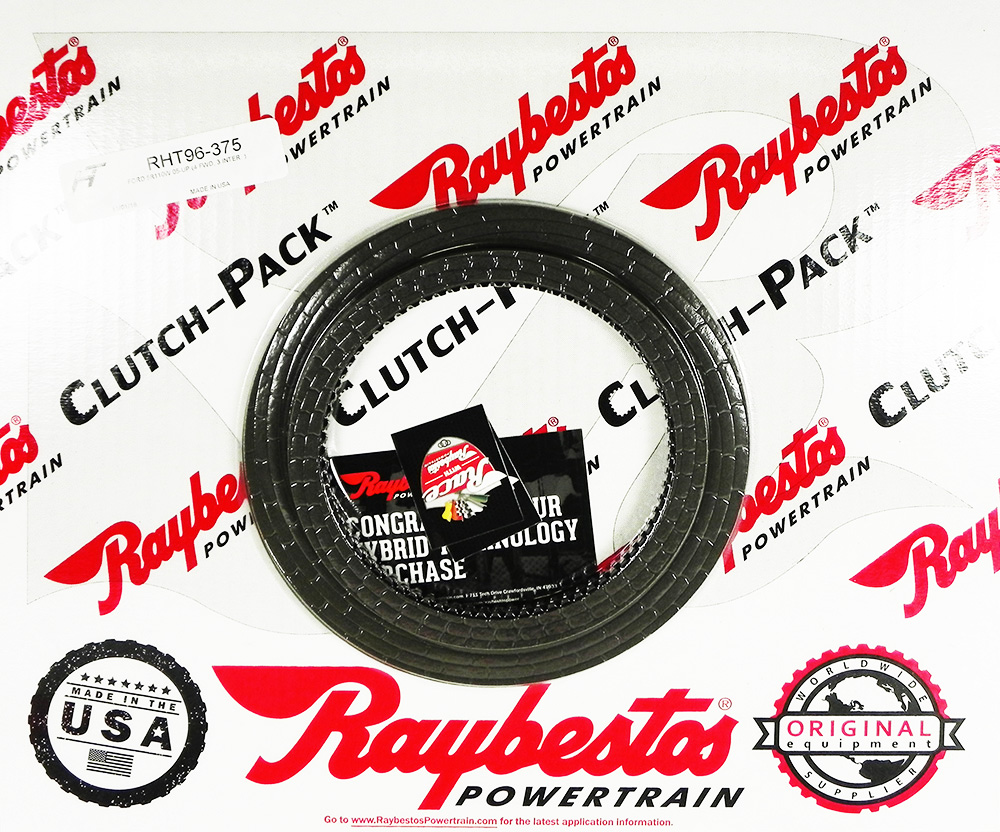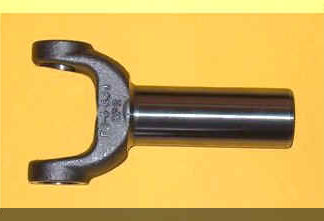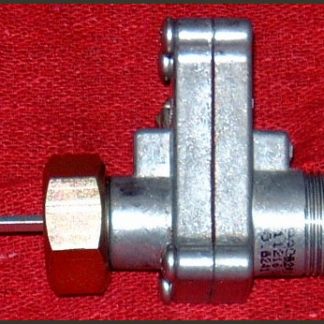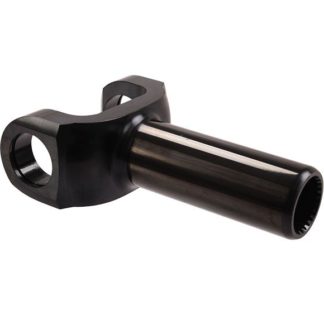Description
5R110W Raybestos TorqShift HT Friction Clutch Pack, 2005-2007, RHT96-375.
Recommended for OE Replacement for passenger vehicles.
Hybrid Technology (HT) friction clutch plates utilize a Raybestos® Powertrain proprietary OE friction material and a unique groove pattern to reduce stresses during shifts to keep the components cooler, improve performance and extend the life of every rebuild. HT frictions seamlessly combine the fluid flow dynamics of a segmented friction lining with the strength and durability of a full friction ring to exceed OE expectations.
This 5R110W Raybestos TorqShift HT Friction Clutch Pack Includes:
- (3) Intermediate HT
- (4) Forward HT





